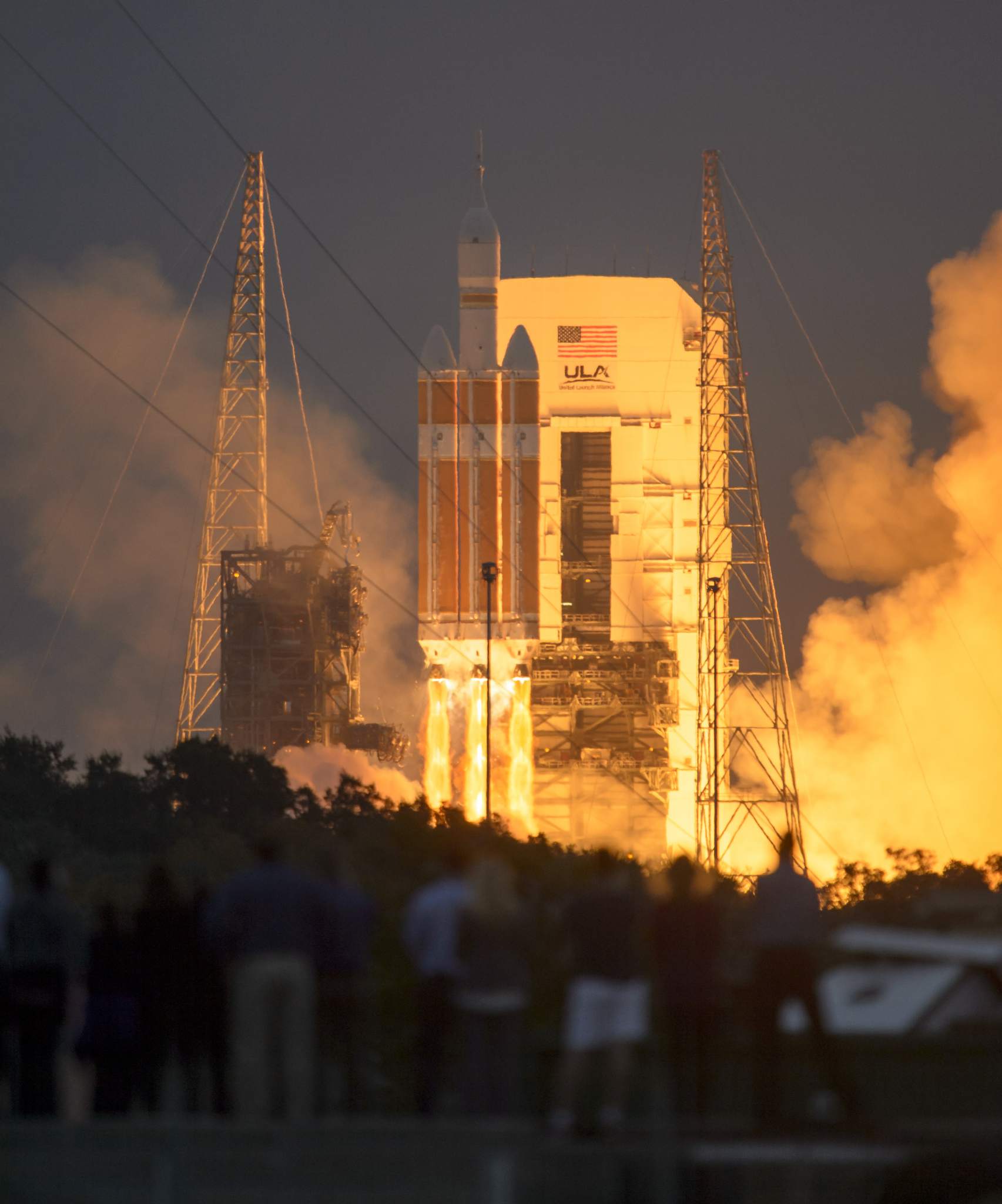A pressure sensor printed directly on a hand is a step toward new biomedical devices, “on the fly” wearable technology, and more…
(Inside Science) — Wearable technology may soon be at your fingertips — literally. Researchers have developed a pressure sensor that can be 3D printed directly on your hand. The device, sensitive enough to feel a beating pulse, is made from soft, stretchy silicone that conforms to the curves of your fingertip.
It’s a step toward a more seamless integration of human and machine, said Michael McAlpine, a materials scientist at the University of Minnesota in Minneapolis. His team didn’t print the device on a real hand yet — just an artificial one. “But,” he said, “it sets the stage for future work in 3D printing electronic devices directly on the body.”
Someday, that could mean technology evocative of the cyborgs and bionic humans of science fiction. In the nearer term, 3D printed gadgets on and in the body could aid medical treatment, health monitoring and surgery.




